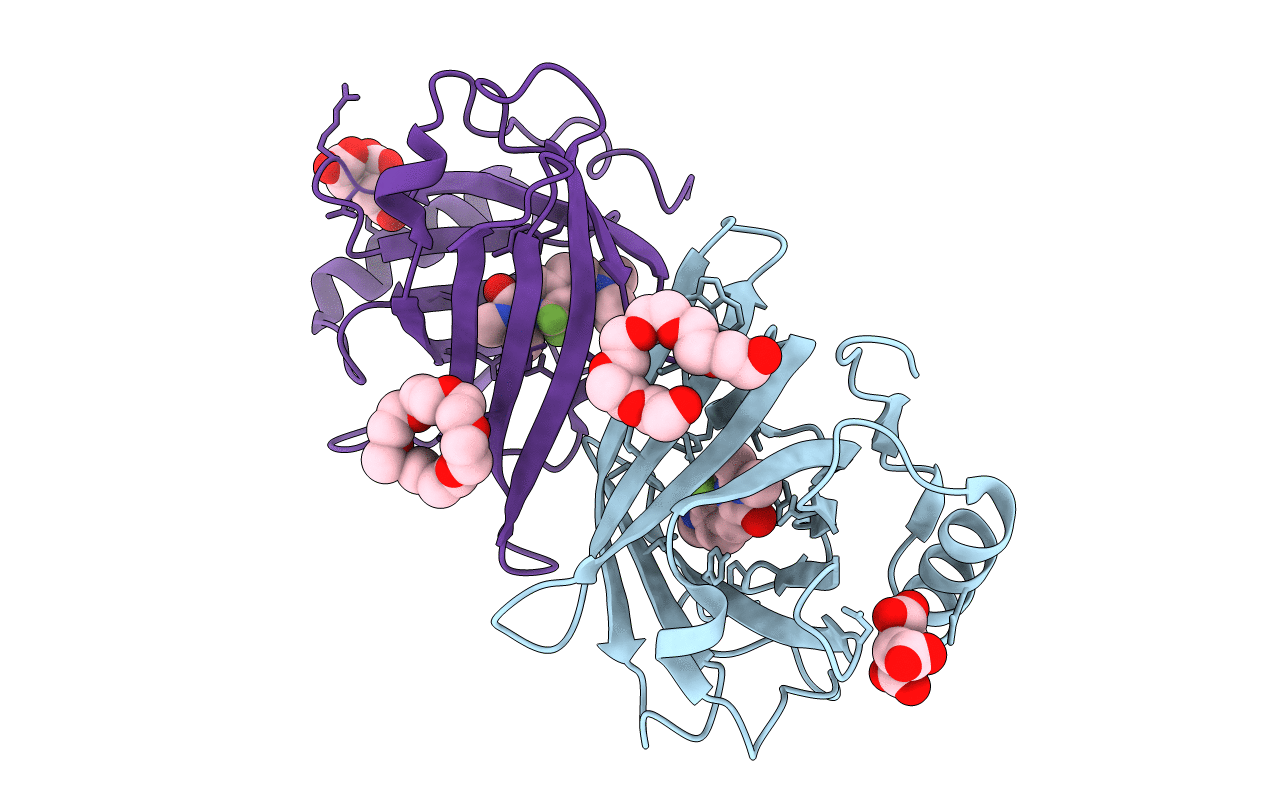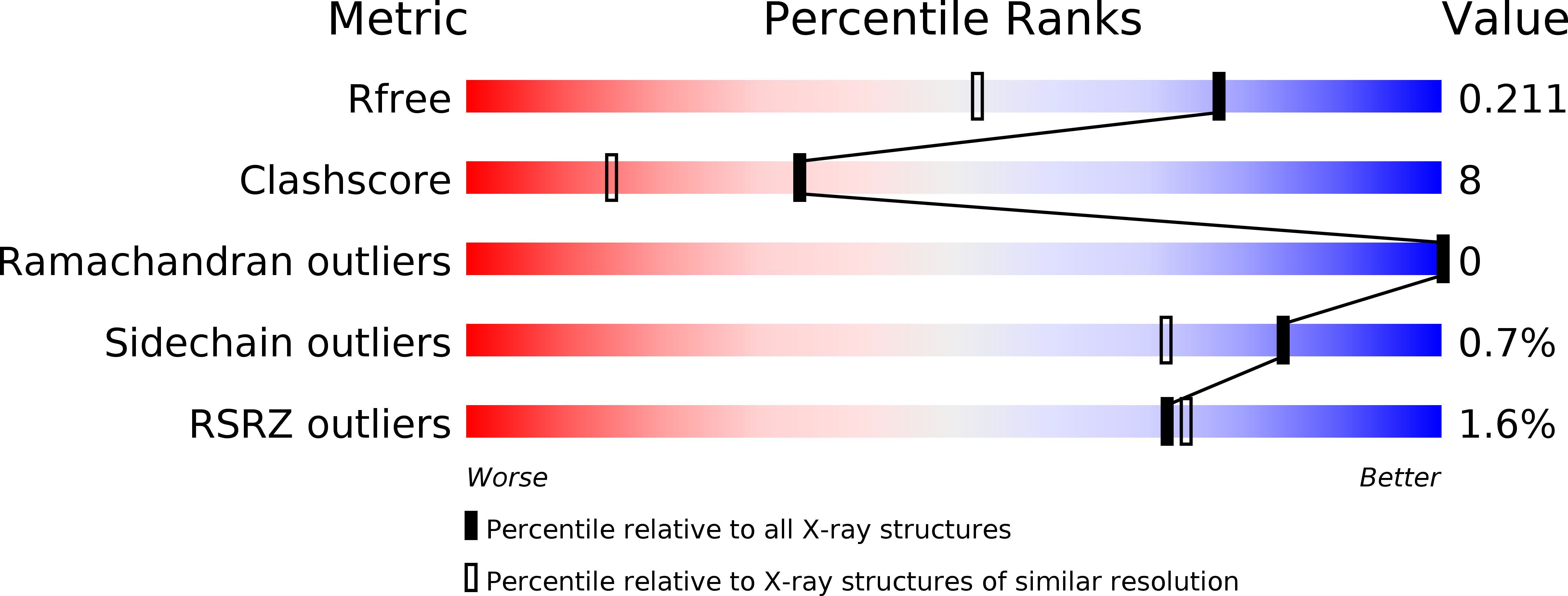
Deposition Date
2019-09-12
Release Date
2020-09-16
Last Version Date
2023-10-11
Entry Detail
Biological Source:
Source Organism:
Escherichia coli (strain K12) (Taxon ID: 83333)
Host Organism:
Method Details:
Experimental Method:
Resolution:
1.58 Å
R-Value Free:
0.20
R-Value Work:
0.16
R-Value Observed:
0.16
Space Group:
P 43


